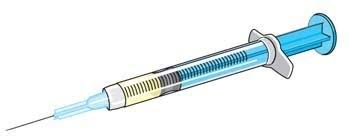After a devastating storm, the signs of life—children going to school, lights coming on after days of power outages, neighbors talking and laughing—are powerful reminders of people’s resilience and the importance of their connections to each other. Even though the pandemic isn’t completely over, it has led to some changes, innovations, and inspiring stories that should be embraced and remembered moving forward.
One impact of COVID-19 has been a bit of a double-edged sword. The pandemic has shown a spotlight on nursing homes and other long term care facilities. While this has brought some negative and often unfair media coverage, it also presents opportunities.
As James Wright, MD, CMD, a multifacility medical director in Virginia, says, “For a brief period of time, the public was more interested than ever in what goes on in nursing homes, especially with staffing. If we take this interest and harness it into legislative and regulatory changes, we can translate this into better funding and staffing.”
Read more at https://bit.ly/3IUH1RY









